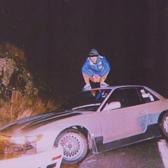
Review on 📡 TRIFIELD TF2 EMF Meter: Detect Electric, RF, and Magnetic Fields - Made in USA by Ayush Bonuccelli

AlphaLab Masterpiece
As an electrical engineer working in a building where faulty electrical wiring resulted in severely shaky CRT displays, I've always been interested in perceiving or recognizing these everyday but invisible fields. The Trifield 100XE had been on my wish list for a long time, but never reached the order threshold. I recently discovered this new TF2 model and the excellent performance and readability of the display made me want to place an order. The meter arrived with the battery already installed. The new housing design is well thought out, modern and of high quality. When the backlight is on, the display is surprisingly clear and informative. The analog (bar) display uses a logarithmic scale to provide maximum information at a glance. The digital display is updated several times per second, often enough to keep track of the changing value while still allowing the value to be read. The digital peak greatly increases the usefulness of the meter by capturing short signals that would otherwise not be reflected in analog or digital readings. The peak hold time is just right. When I first checked the meter indoors, I was amazed that when I held the meter in front of the speaker, the field strength was displayed in sync with the music (it shouldn't be). amazing, of course) TF2's extended radio frequency range allowed me to test my 5GHz Wi-Fi hotspots and notice the choppy pattern of actual transmission. When I checked my microwave oven, I noticed a break in the scale because the safety margin for leakage at two inches is 5 mW/cm^2 compared to the meter's full scale limit of 1000 mW/m^2. The difference in centimeters and meters is 10,000, so the safety limit, converted to meter scale units, is 50,000 mW/m^2, which is well beyond the measuring range of the meter. It is therefore necessary to take measurements from a greater distance. Using a wooden ruler to place the meter 36 inches from the microwave reduces the field strength to about 1/320 of what it was at 2 inches. When I did this measurement I found that my 10 year old microwave was way above the current safety limit so I need to check this out. *** Continued - March 11, 2018 *** I've noticed that a microwave oven is not a point source of radiation, so the inverse square law is not accurate at distances the size of a room. Then I found a paper on the NIH website called "Microwave Oven Exposure Evaluation and Impact on Overall Exposure in Wireless LANs" that has a specific formula for field strength versus distance. The so-called "path loss rate" is a parameter of this formula. This would be 2 for a perfect inverse square law. However, at distances of less than one meter and with 275 ml of water in the microwave, the special value (as stated in the document) is only 1.20. This exponent change means that the RF value measured at 36 inches from the microwave reduces the field strength by only 1/32 of the value at two inches. With this recalculation, my 10 year old microwave is coping just fine with RF leakage.
- Decent Performance
- Quality
New products
Comments (0)
Top products in 👨🔬 Testers
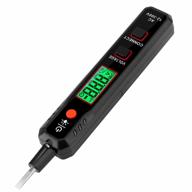
VT500 Voltage Tester: 12V-300V Non-Contact & Contact, LCD Display, Buzzer Alarm & Wire Breakpoint Finder

21 Review
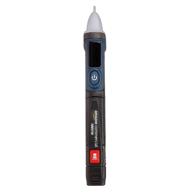
💡 AmazonCommercial LCD Display Non-contact Voltage Tester for Working, Double Mould, Flashlight

10 Review
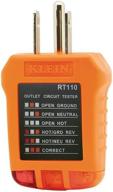
Enhanced North American AC Electrical Outlet Receptacle Tester - Klein Tools RT110

9 Review
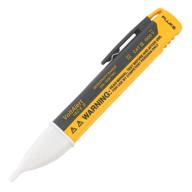
1AC-A1-II Fluke 💡 VoltAlert Non-Contact Voltage Tester

12 Review
Another interesting products
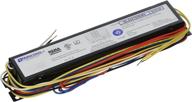
Robertson Worldwide ISL432T8HEMV AH 3P20160 120-277V 50-60Hz High Power Factor 4 F32T8 Linear Lamp Fluorescent eBallast

6 Review
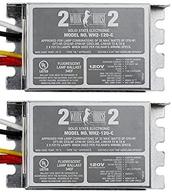
Fulham WorkHorse WH2-120-C Adaptable Ballast - 2 Pack

3 Review
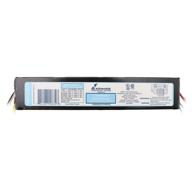
💡 High-Quality Advance ICN-4P32-SC Electronic Fluorescent Ballast: Ideal for 4 Lamps, 32W T8, 120/277V

3 Review

💡 Electronic FL Ballast ICN-4P32-N (Formerly ICN-4P32-SC) for 3-4 F32T8 F40T8 F17T8 Lamps, 120V/277V Compatibility

5 Review

